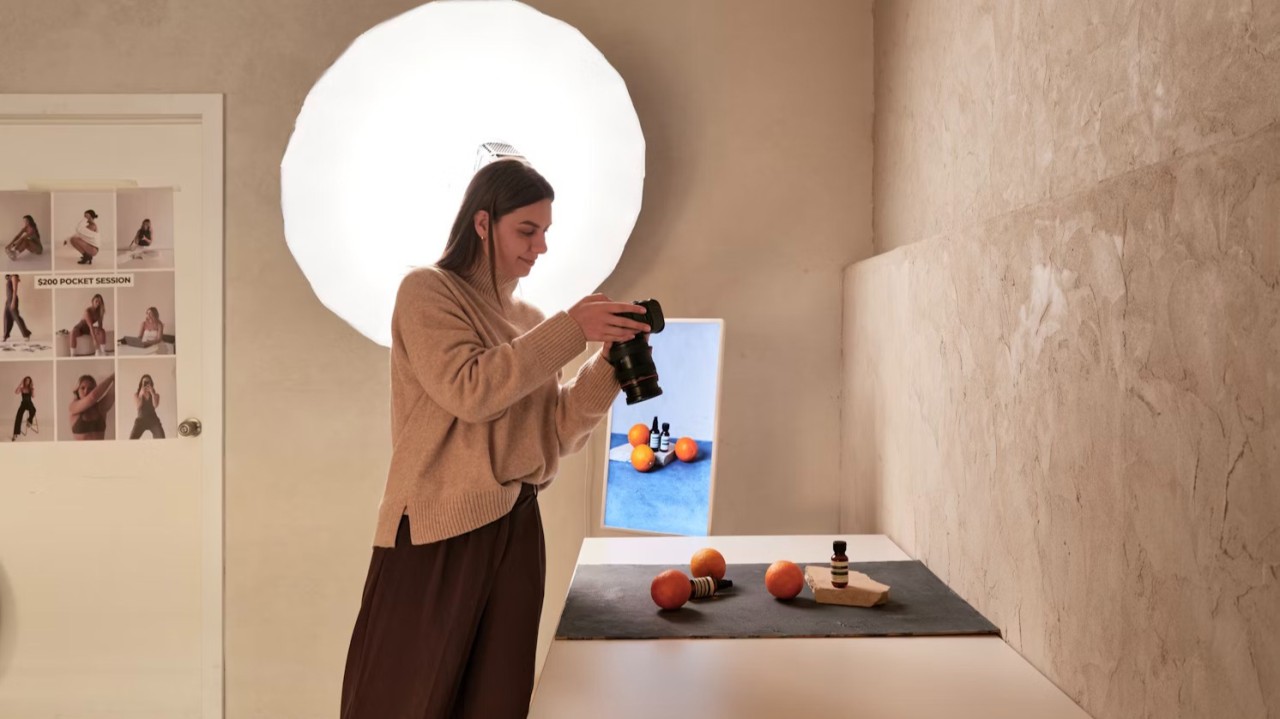
As technology continues to advance at a rapid pace, the concept of smart homes has become increasingly popular among homeowners looking to enhance their living spaces. With the help of interior design studios, these smart homes are not only functional but also aesthetically pleasing, blending seamlessly with modern technology. In this article, we will explore how interior studios are designing spaces that adapt to technology, making homes more efficient, comfortable, and convenient for residents.
Smart Homes and Interior Design
When it comes to smart homes, technology plays a crucial role in enhancing the functionality and comfort of living spaces. From smart thermostats and lighting systems to automated appliances and security cameras, the possibilities are endless. Interior design studios are embracing these technological advancements and incorporating them into their designs to create homes that are not only beautiful but also highly efficient and convenient.
One of the key benefits of integrating technology into interior design is the ability to automate various aspects of home living. For example, smart lighting systems can be programmed to adjust based on natural light levels, saving energy and creating the perfect ambiance for different times of the day. Similarly, smart thermostats can learn residents’ preferences and adjust the temperature accordingly, ensuring optimal comfort while reducing energy consumption.
How Interior Studios are Designing Smart Spaces
Interior design studios are utilizing a variety of techniques to design smart spaces that adapt to technology seamlessly. One of the most common approaches is the use of integrated systems that centralize control of various smart devices throughout the home. This allows residents to manage everything from lighting and temperature to security and entertainment systems from a single interface, providing a seamless user experience.
Furthermore, interior studios are incorporating smart home technology into their designs from the very beginning, considering factors such as spatial layout, furniture placement, and material selection to optimize the integration of technology. For example, hidden wiring and discreetly placed sensors ensure that the technology remains unobtrusive and complements the overall design aesthetic of the space.
Enhancing Comfort and Convenience
By designing spaces that adapt to technology, interior studios are not only enhancing the comfort and convenience of homeowners but also improving their overall quality of life. Smart homes can be programmed to accommodate residents’ daily routines, adjusting lighting, temperature, and other factors automatically to create a personalized and comfortable living environment. Moreover, the integration of technology into interior design allows for greater control and customization of home environments. Residents can customize settings to suit their preferences, whether it’s creating the perfect ambiance for a relaxing evening or setting up automated schedules to optimize energy efficiency. This level of control and personalization enhances the overall living experience and makes smart homes an attractive option for modern homeowners.
In conclusion, interior design studios are at the forefront of creating smart homes that seamlessly integrate technology into living spaces. By designing spaces that adapt to technology, these studios are not only enhancing the functionality and efficiency of homes but also creating environments that are comfortable, convenient, and tailored to residents’ preferences. With the continued advancement of technology, the possibilities for smart home design are endless, and interior studios will continue to innovate and push the boundaries of what is possible in modern home living.
